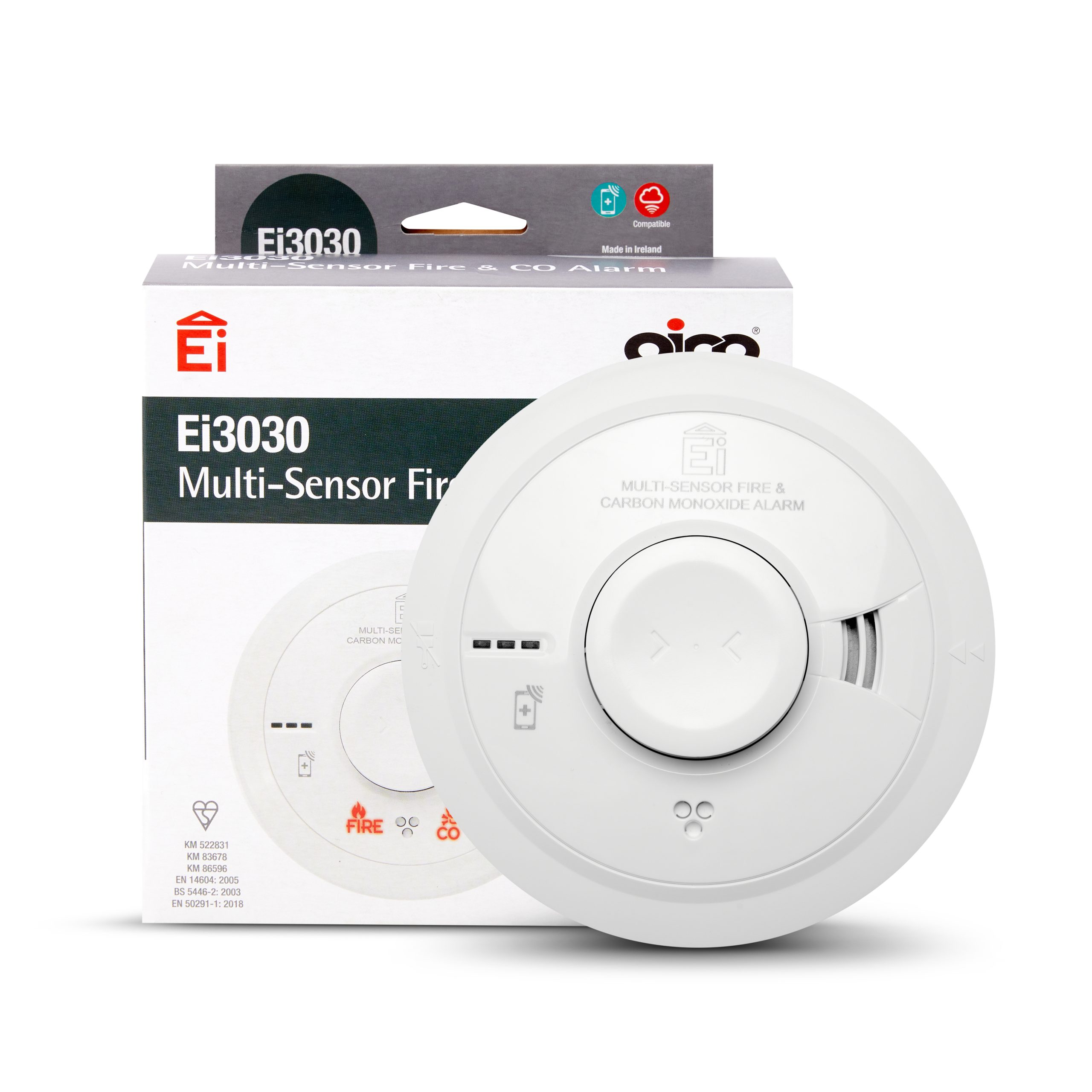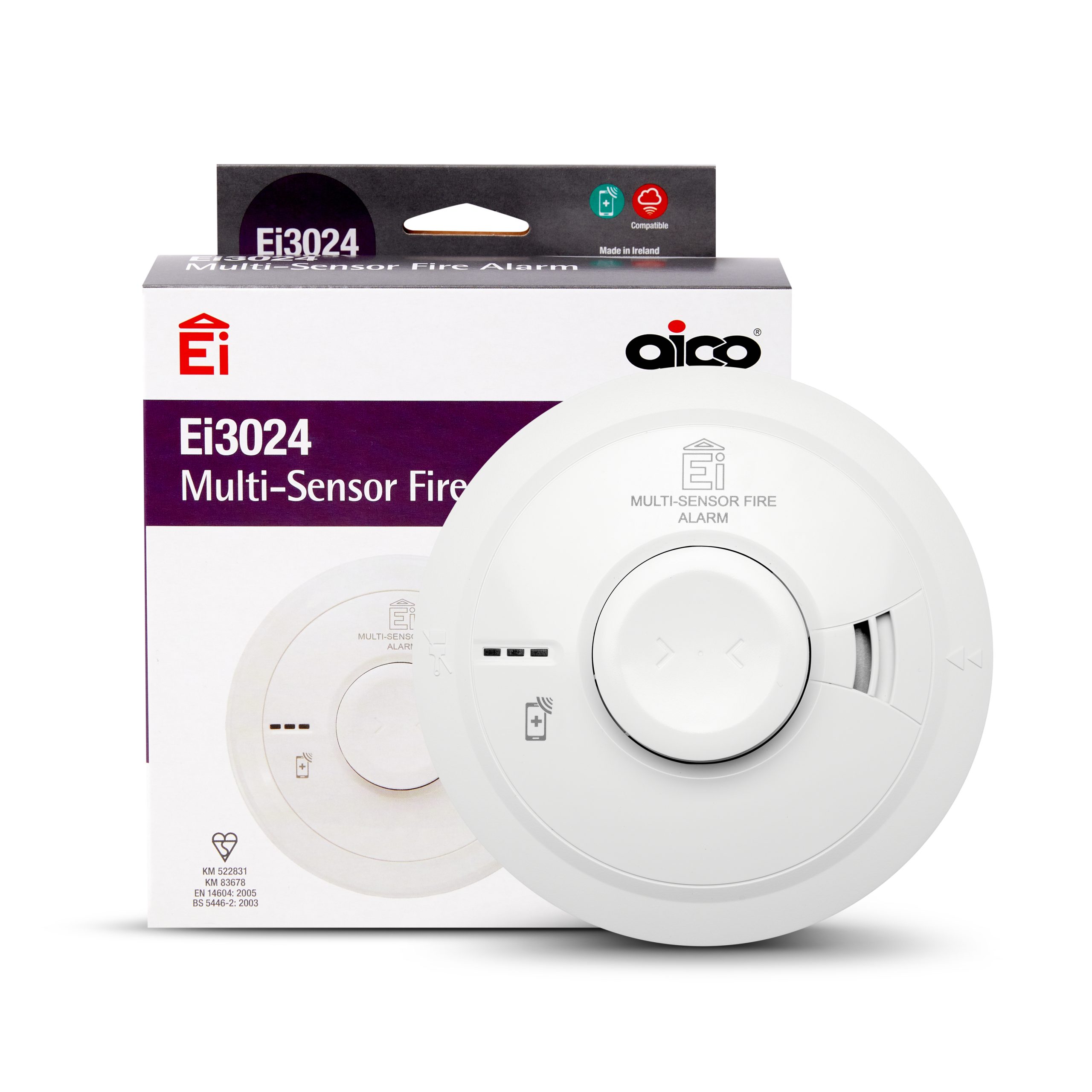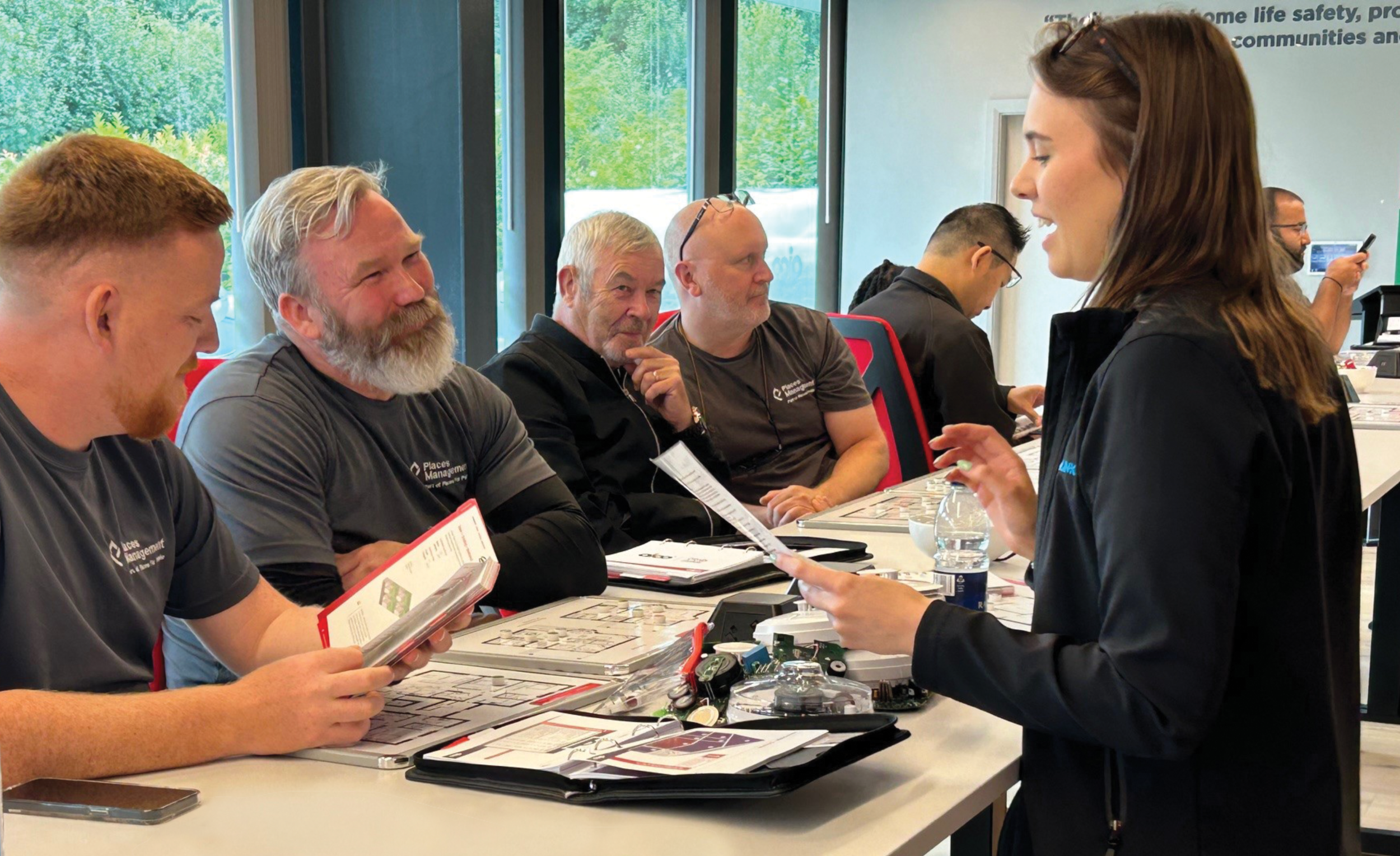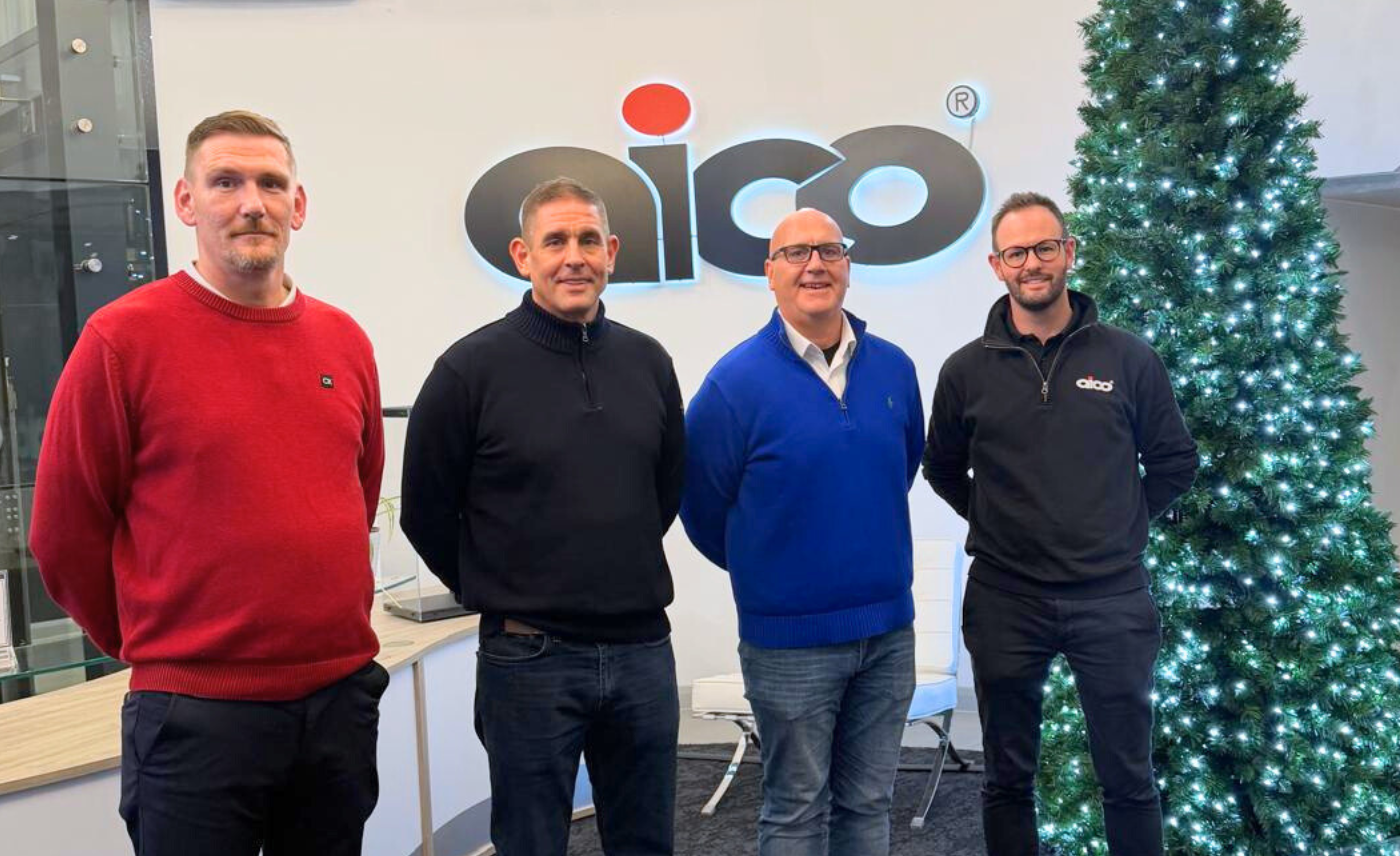From Data to Impact: Tackling Fuel Poverty with Aico
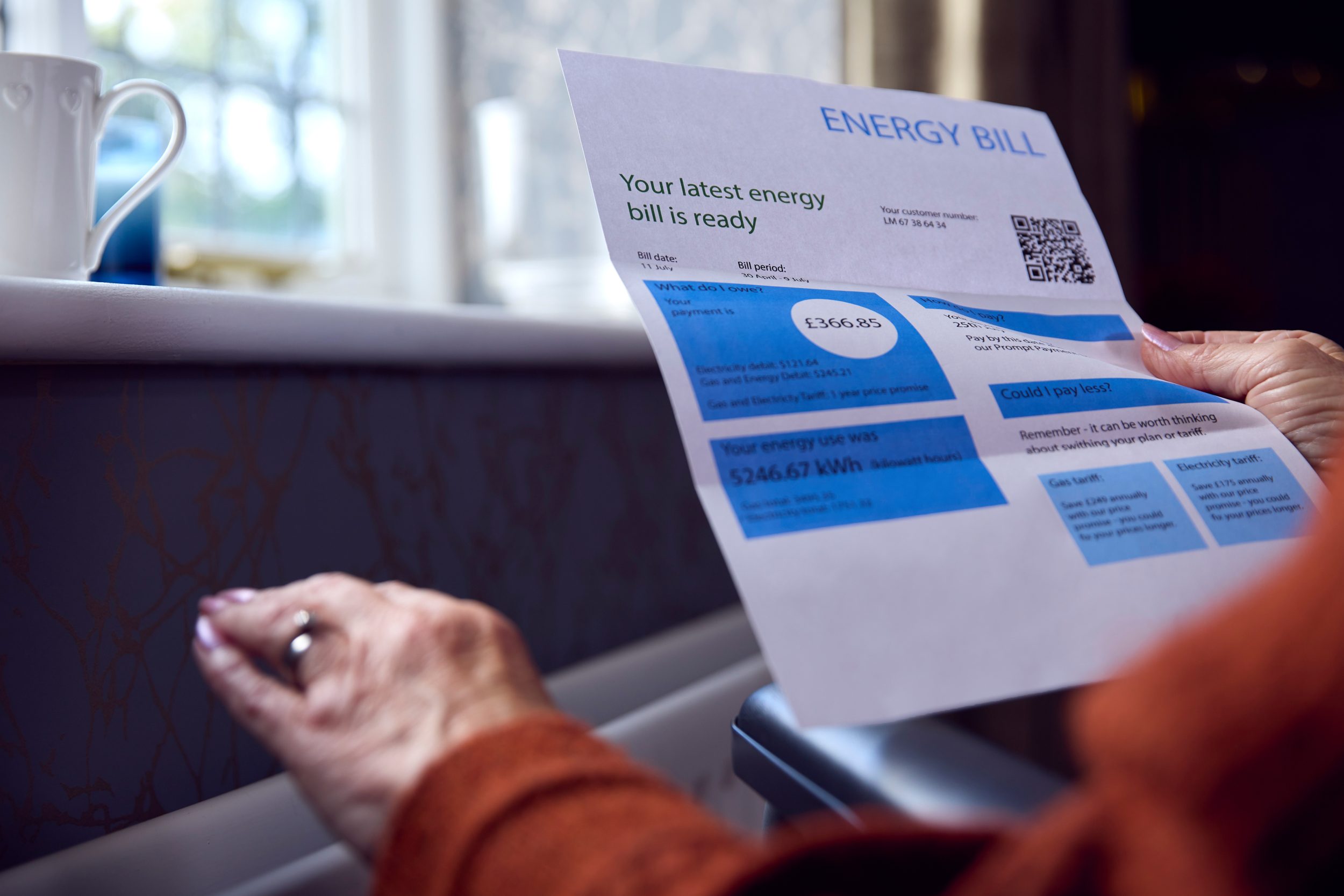

Posted On:
5th June 2025
Fuel poverty is defined by National Energy Action (NEA) as when “a household needs to spend 10% or more of its income on energy in order to maintain a satisfactory heating regime”. NEA estimate that as of 1st April 2025, 6.1 million households in the UK are in fuel poverty. This is influenced by factors including the energy efficiency of the home, household income and energy prices. In Scotland, an additional factor is how energy is used within the home.
Each UK nation employs different metrics to assess levels of fuel poverty. In England, a household is considered fuel poor if it has an energy efficiency rating of band D or below and falls below the poverty line after spending the required amount to heat their home. In Scotland, Wales, and Northern Ireland, there is often a focus on the proportion of income required to maintain adequate heating.
England’s strategy specifically targets low-income households for energy efficiency improvements, distinguishing fuel poverty from general income poverty.
Scotland, Wales and Northern Ireland do not make this distinction, integrating fuel poverty strategies more closely with broader income-related policies.
Scotland and England have measures to ensure that higher-income households are not classified as fuel poor, emphasising targeted support.
In an article by Inside Housing, partnering with Aico, a survey participant said: ”I don’t think we hold enough data about our residents to be able to track that sufficiently because you need to know all their income and other sources.”
Effects of a Cold Home
Cold homes can cause serious health problems including heart attacks, strokes, bronchitis, and asthma. Additionally, fuel poverty has a high impact on mental health and is a risk factor for suicide.
Children may also be affected by a cold home as they may be at a disadvantage without a quiet and warm place to do their homework, and without a comfortable space to be with their family, they may spend most of their time in their bed. According to End Fuel Poverty Coalition, an estimate of 4,950 excess winter deaths in the UK were caused by living in cold homes during winter 2022/23.
Long periods where households struggle to pay their bills can lead to increasing levels of debt. Unsafe energy rationing can happen as a result, as well as voluntary self-disconnection by those with prepayment meters in a bid to spend less.
Legislation: The Landlord’s Responsibilities
The Housing Health and Safety Rating System (HHSRS) identifies 29 hazards present in UK housing that must be assessed against. The table below defines the hazards that are referenced regarding heating and fuel poverty, and their impacts.
| Temperature | Respiratory Conditions |
| Excess Cold
Threats to health from cold indoor temperatures. A healthy indoor temperature is 18 to 21 degrees Celsius. |
Flu, pneumonia and bronchitis
Cardiovascular Conditions Health attacks and strokes |
| Excess Heat
Threats due to high indoor temperatures |
Dehydration, trauma, stroke, cardiovascular and respiratory |
Off the back of HHSRS is the Decent Homes Standard, established in 2000, the standard applies to all social housing and was extended in 2002 to apply to private rented properties housing vulnerable occupants. To be a ‘decent home’, properties should:
- Be free of category 1 hazards as per HHSRS
- Be in a reasonable state of repair
- Have reasonably modern facilities and services
- Have a reasonable degree of thermal comfort
Additionally, the Homes Act in England and The Renting Homes (Fitness for Human Habitation) Regulations in Wales, require all landlords to ensure that their properties are safe and suitable for tenants. The criteria for both pieces of legislation are the 29 hazards as set out in the HHSRS. If a landlord fails to meet their obligations, the tenant has the right to act in the courts. In this case, compulsory improvements must be made to the condition of the property, as well as compensation to the tenant.
PAS 2035 is the British Standard for the quality assurance of domestic retrofit projects. It requires stakeholders to define and monitor intended outcomes, such as:
- Reduced energy bills
- Improved indoor air quality
- Management of damp and mould
Where these intended outcomes are not achieved, the standard recommends further monitoring in accordance with BS 40101. Unintended consequences as part of retrofit projects should also be considered.
How the Connected Home Solution Works
Aico’s HomeLINK Connected Home Solution addresses landlord’s needs from one platform to enable the creation of safer, healthier and more sustainable homes. The entire solution is built from the ground up with privacy, safety and accuracy in mind to make organisation services more efficient and cost-effective.
The Ei1020 and Ei1025 Environmental Sensors monitor temperature, humidity and carbon dioxide levels (exclusive to the Ei1025) to gain insight into issues such as damp and mould, void property risk and fuel poverty. Data from connected devices is collected by the Ei1000G Gateway and transmitted onto the cloud-based HomeLINK Portal, where data is displayed and insights are generated.
Using Data To Tackle Fuel Poverty
The HomeLINK Portal’s Cold Home Risk indicates the possibility of a home being in fuel poverty (but alternatively may be keeping their home cold out of preference). Landlords can use the Cold Home Risk, temperature data, and smart meter data to do their own investigations into fuel poverty.
The Gateway (the hub of Aico’s Connected Home Solution) once installed is low maintenance and has a 10-year life. Connecting via radio frequency, Aico’s 3000 Series fire and carbon monoxide alarms can also be added to the system for device information, allowing the remote monitoring of connected devices.
The Gateway can also connect to smart meters via the Smart DCC network, enabling real-time remote monitoring of electricity and gas usage – an invaluable tool for landlords overseeing multiple net zero strategies or retrofit projects.
Turning Insight into Action
Fuel poverty remains a complex and pressing issue affecting millions across the UK, with serious consequences for physical health, mental well-being, and social inequality. As legislation tightens and expectations for landlords rise, the ability to act on reliable, real-time data becomes critical. Aico’s HomeLINK Connected Home Solution offers more than just monitoring – it provides the actionable insights needed to identify at-risk households, prioritise interventions, and measure the impact of retrofit initiatives. By bridging the gap between compliance and care, data-driven technology like this empowers landlords to move from reactive maintenance to proactive wellbeing, ultimately creating homes that are not only compliant, but safe and warm.
Learn more about Aico’s HomeLINK technology.
